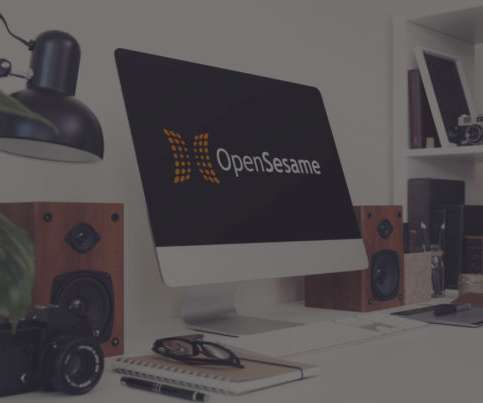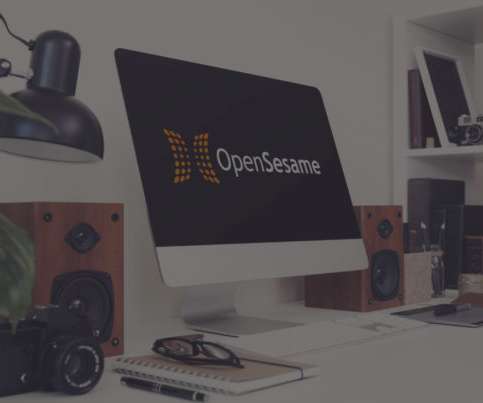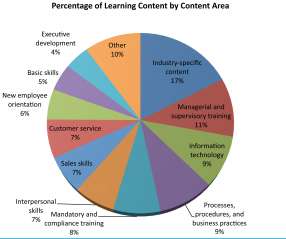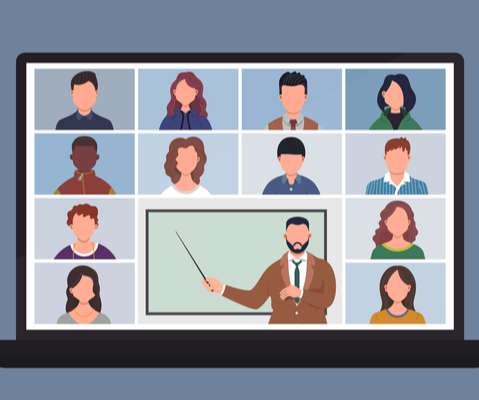Why Companies Should Spend More on Social Learning | Social.
Dashe & Thomson
MAY 4, 2011
In the article she gives some scary statistics: Our recent study showed that 30 percent of US companies spent money on informal learning tools or services in 2010. Among industries, a greater number of technology companies and business services/consulting firms spent money on these tools. In dollar figures, spending is minimal.










































Let's personalize your content